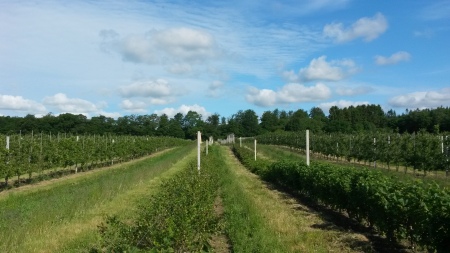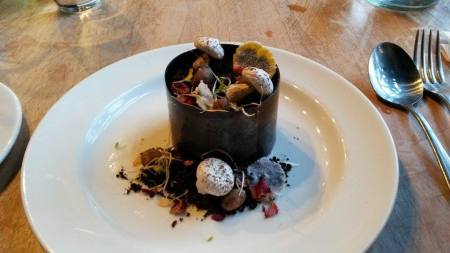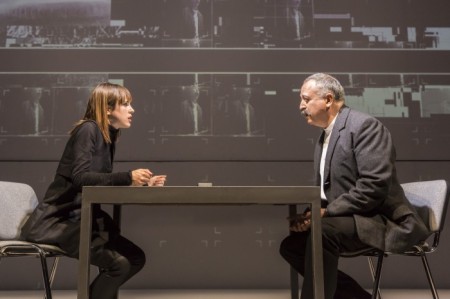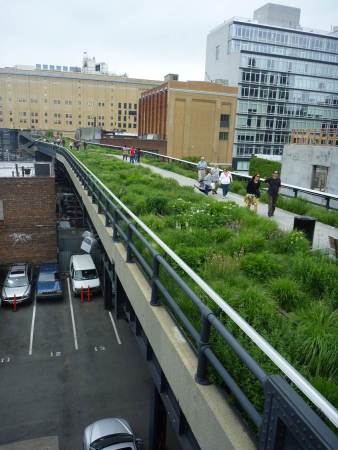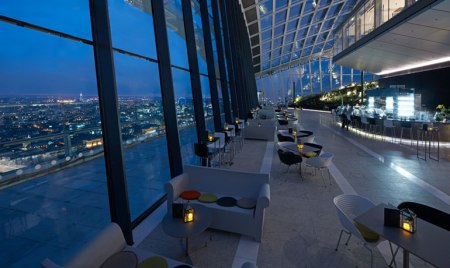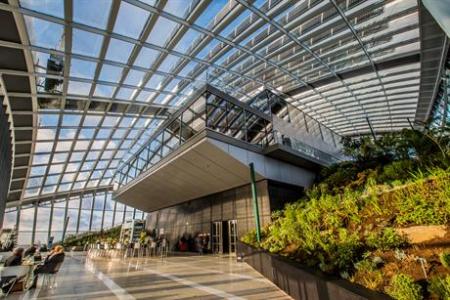WWOOF: Danish Dreams
Quite suddenly in early June, my flatmate and I cemented our plans to go WWOOFing in Denmark for the summer. For those unfamiliar with WWOOF, it stands for Worldwide Opportunities on Organic Farms, and connects thousands of farms in nearly 100 countries with people willing to work on them. Workers (known as WWOOFers) are paid in food and lodging for their four or five hours’ daily labour, and have the chance to integrate well into life in another country. It appealed to me as a way of both exploring for very little money, and spending time in the great green yonder.
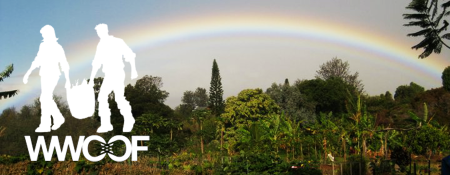
image from roamaholic.com
So we left in mid-June, and returned in late July. ‘Why Denmark?’ everyone asked, since the most-publicised WWOOFing is grape-picking in the golden vineyards of Italy and France. It’s hard to say why Denmark, except that everything I’d heard about it had been good, I’d always wanted to explore Scandinavia, and as a redhead I knew a summer toiling in the boiling Mediterranean would require armfuls of suncream. We wrote to three farms asking to stay for about 10 days each, and had rapid friendly responses – we were welcome.
It was unlike any travelling I’ve done before: a whirlwind of newness with the calm of farming life at its heart; mornings picking apples, afternoons sailing, evening campfires. The first farm was a well-organised 16-hectare affair, with neat rows of apples, pears and currants in rolling fields. Our work picking stung apples was easy, though I took this photo in a very rare sunny moment:
The second was a large beautiful home, with a forest, lakes and ancient apple and walnut orchards beyond. We worked very hard, in a heatwave, felling trees, clearing a lake of reeds and waging war on six-foot stinging nettles. Our reward was koldskål, a sweet buttermilk drink which is poured into a bowl and covered with little macaron biscuits. Denmark is a land for people with a sweet tooth. Later, we found a rowing boat hidden in the trees, cleaned it, and spent an afternoon rowing lazily over the lake.

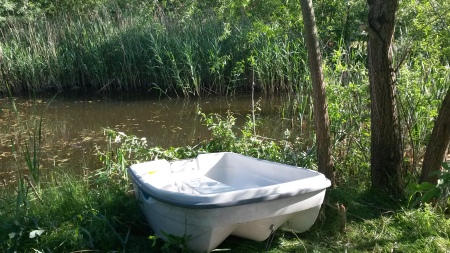
The third was a thatched yellow cottage, small and crowded, with bikes and dogs galore.
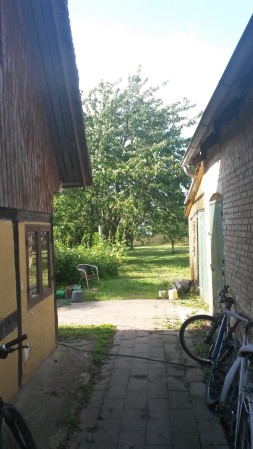
Omnipresent bicycles
We picked strawberries and tomatoes and explored the small island of Fyn, which sits in the centre of Denmark. Along with a Russian and an American WWOOFer, we also visited Egeskov Castle, the best-preserved Renaissance water castle in Europe:
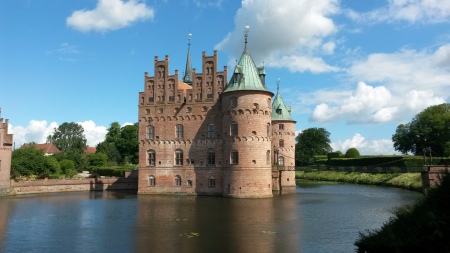
Egeskov – ‘the living castle’
We bought Danish Interrail passes to get unlimited train travel on 4 days within the month, so we managed to explore a good deal of the country. Zealand, the easternmost island where Copenhagen lies, was my favourite: an unbelievably green, lush, gently undulating landscape, brimming with charming towns, bright rivers and friendly people.
At the end of our time WWOOFing we spent some days in Copenhagen staying with a friendly law student, courtesy of Airbnb, which continued our integration into Danish life instead of interrupting it as a hotel would. Copenhagen, with just over 1 million people, seemed the perfect-sized city, with much of London’s glitter but none of its dull, smoky summer air. It felt fresh and clean, with wide streets and streams of bicycles. We wandered happily all over the place: the Little Mermaid, the Danish Parliament, the busy shopping streets and markets, the villa-lined harbour islands, the quiet cemetery where Hans Christian Andersen and Søren Kierkegaard are buried.
I passed as Danish the whole time, probably because I’m redheaded and tall. Having spent French holidays feeling very conspicuously not French, I found this immensely pleasing. However, Danish is a tricky language to pick up; on the page it looks like a mixture of German, Dutch and English, but the Danes skip consonants and swallow the middles of words when they speak, making it impossible to follow. The suburban station Sydhavn, for example, is pronounced ‘Soo-haan’. So although in shops I could get away with nods, smiles and ‘tak’ (thank you), sometimes I had to let my Danish cover slip and ask for English – which they all spoke perfectly, fluently and charmingly.
And that was the real thing about the Danes – they were infinitely kind, helpful and friendly when we needed it. They lack the English sort of anxious manners, and rarely bother with ‘sorry’, ‘excuse me’ or ‘please’ (Danish does not have a word for ‘please’), all staples of English discourse. But when we were lost, or couldn’t figure out the different coins, or just wanted to chat, they were the warmest people I’ve ever met. An elderly lady on a train from Odense to Copenhagen shared her strawberries with me; our WWOOF hosts took us out on their sailing boats and to their markets, bought us lunch and chocolate and treated us with immense kindness.
A few other highlights (of many!):
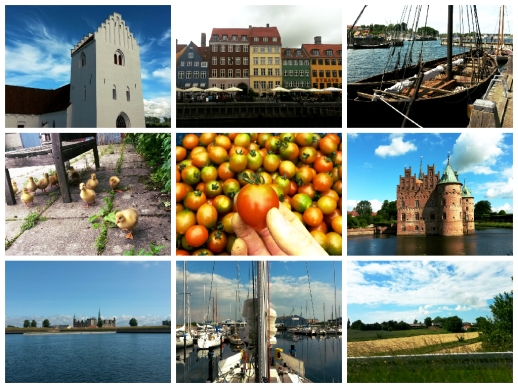
(L-R) A country church, Nyhavn in Copenhagen, Viking longship at Roskilde, goslings, tomatoes, Egeskov Castle, Kronborg Castle, Copenhagen harbour, southern Zealand.
Never have I felt so settled in a foreign country, especially one whose language I don’t speak. Denmark is a wonderful little land, bursting with surprises, beauty and warmth. If you go, don’t just stay in Copenhagen – explore the rest. It’s perfect.

